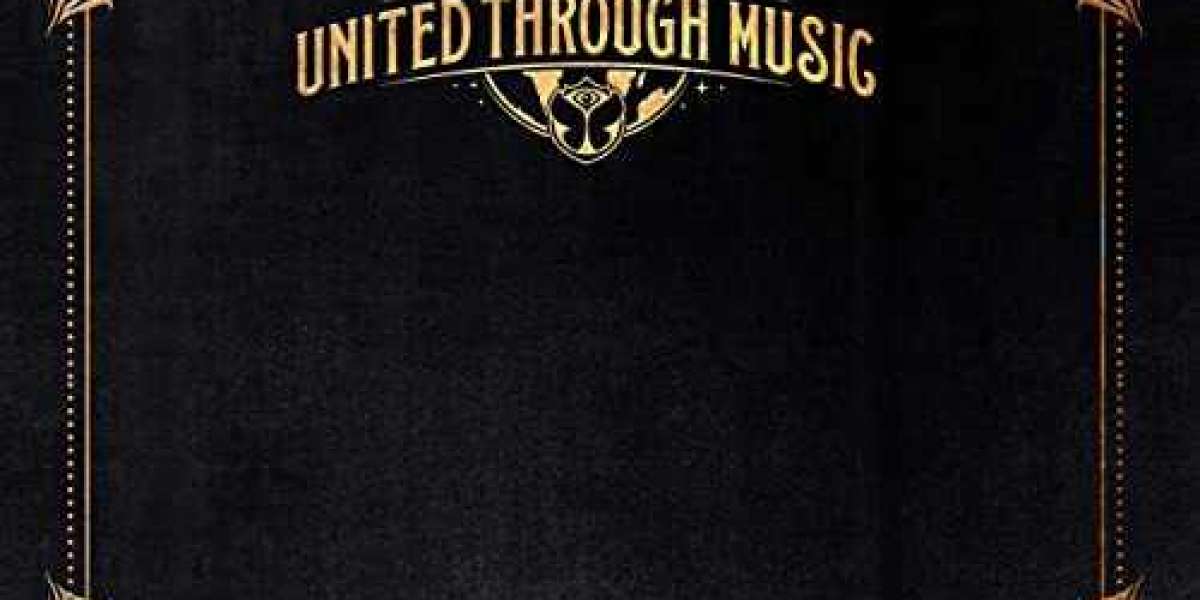Film editing is often referred to as the "invisible art" of cinema, as it plays a crucial role in shaping the narrative, pacing, and emotional impact of a film. Editors are storytellers in their own right, using cuts, transitions, and juxtapositions to craft compelling narratives that engage and immerse the audience. In this article, we explore the intricate and often underestimated world of film editing, highlighting its significance in the filmmaking process.The Editor's ToolboxCuts and Transitions: Editors use a variety of cuts, such as the classic "cut" and "dissolve," as well as transitions like "wipe" and "fade," to seamlessly connect scenes and convey information.Montage: Montage sequences, like the famous Odessa Steps sequence in "Battleship Potemkin" (1925), use rapid editing to condense time, evoke emotions, and communicate complex ideas.Crafting the NarrativePacing: Editors control the pace of a film, determining how long a shot lingers or how quickly the story unfolds. The rhythm of editing can create tension, build suspense, or evoke a sense of tranquility.Juxtaposition: By placing shots in specific sequences, editors can create meaning and subtext that may not exist in individual shots. This technique is often used to draw connections between characters or events.Emotional ImpactReaction Shots: Editors use reaction shots to convey characters' emotions and reactions to events, creating a deeper emotional connection between the audience and the story.Crosscutting: This technique, also known as parallel editing, is used to build tension by cutting between multiple simultaneous storylines, as seen in "The Godfather" (1972) during the baptism and murder sequence.Collaboration with DirectorsDirector's Vision: Editors work closely with directors to bring their vision to life, helping to shape the narrative while respecting the director's creative input.Post-Production Process: Film editing is a collaborative process that occurs during post-production, involving the director, editor, and often a team of assistants.Iconic EditorsWalter Murch: Known for his work on "Apocalypse Now" (1979) and "The English Patient" (1996), Murch's innovative editing techniques have had a profound impact on the industry.Thelma Schoonmaker: Frequent collaborator of Martin Scorsese, Schoonmaker's editing has contributed to the visual and narrative style of films like "Raging Bull" (1980) and "The Wolf of Wall Street" (2013).Editing in the Digital AgeTransition to Digital: The industry has transitioned from physical film editing to digital platforms, allowing for greater flexibility and efficiency in the editing process.Visual Effects Integration: Editors now work closely with visual effects teams to seamlessly integrate CGI and other effects into the final product.Recognition and AwardsAcademy Awards: The Academy Awards include a category for Best Film Editing, recognizing the pivotal role editors play in the filmmaking process.Editing Societies: Organizations like the American Cinema Editors (ACE) celebrate and promote the art and craft of film editing through awards and events.ConclusionFilm editing is a powerful storytelling tool that remains at the heart of cinematic artistry. Editors shape narratives, evoke emotions, and create immersive experiences for audiences, all while working collaboratively with directors and other creative teams. As the art of film editing continues to evolve with advances in technology, its significance in the world of filmmaking remains as vital as ever, reminding us that every cut and transition contributes to the magic of cinema. Primary source - xnxx no sensor
Search
Popular Posts
-
 Сделайте следующий шаг в своей образовательной карьере: Купить диплом и достичь новых высот
By worksale
Сделайте следующий шаг в своей образовательной карьере: Купить диплом и достичь новых высот
By worksale -
 Диплом по вашему выбору: легко и надежно купить онлайн
By worksale
Диплом по вашему выбору: легко и надежно купить онлайн
By worksale -
 Купить диплом с бесплатной доставкой
By worksale
Купить диплом с бесплатной доставкой
By worksale -
 Преодолейте преграды в карьере: Купить диплом – ваш путь к успеху
By worksale
Преодолейте преграды в карьере: Купить диплом – ваш путь к успеху
By worksale -
 Torrent Mp3 Temper Trap Sweet Disposition Mp3 5.38 MB - Mp3 Pc Cracked Exe Full Version
By berrololof
Torrent Mp3 Temper Trap Sweet Disposition Mp3 5.38 MB - Mp3 Pc Cracked Exe Full Version
By berrololof



